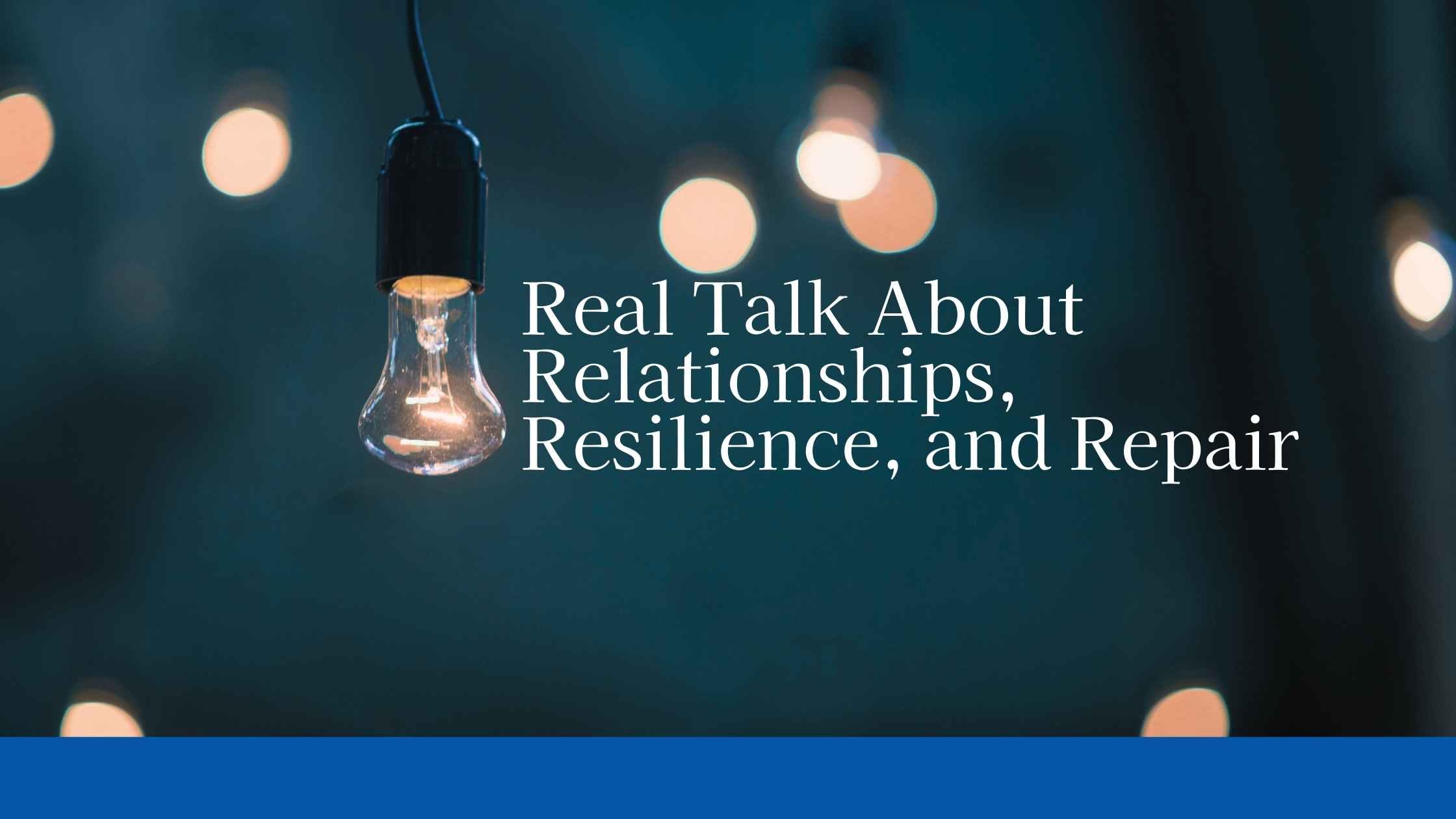
Blog

“If You Think It, You Must Want It:” Thought-Action Fusion in Relationship Conflict
When partners confuse thoughts with actions, communication breaks down and fear takes over. This post explores how Thought-Action Fusion shows up in couples conflict and how therapy helps restore emotional safety and understanding.

Stonewalling: When You Shut Down to Stay Safe—and How to Self-Soothe Instead
When conversations get overwhelming, shutting down can feel like the only option. This post explores why stonewalling happens and how couples can use self-soothing to break the silence and reconnect.

Defensiveness: Why “It’s Not My Fault” Might Be Making Things Worse
Defensiveness keeps couples stuck in conflict and feeling unheard. This post explores how to recognize defensiveness and use responsibility instead to change the tone of your communication.

Contempt: The Most Dangerous Horseman and How to Build Appreciation and Speak from Within
Contempt shows up as sarcasm, eye rolls, and name-calling—but underneath is often pain and resentment. This post offers practical ways to shift contempt into appreciation and reconnection.

Criticism: When Complaints Turn into Attacks—and How to Start Up Gently
Criticism is a common but harmful conflict habit that erodes connection. Learn what it sounds like, how it starts, and how to shift toward healthier communication using a gentle start-up.

The Four Horsemen of the Apocalypse: How Conflict Goes Wrong
The Four Horsemen—criticism, contempt, defensiveness, and stonewalling—can derail even the strongest relationships. Learn what they are, why they matter, and how to shift toward healing connection.

What to Expect in the First Sessions of Gottman Therapy
Starting Gottman therapy doesn’t have to feel overwhelming. This post explains exactly what to expect in the first few sessions—so you can move from confusion to clarity and start rebuilding connection with confidence.

When Thinking Feels Dangerous: How Thought-Action Fusion Fuels OCD
Thought-Action Fusion can make ordinary thoughts feel like moral failures or real-world threats. In this post, we explain how this distortion fuels OCD and how ERP therapy helps clients find freedom from compulsive fear.

Wired for Resonance: Mirror Neurons and the Brain’s Feedback Loops
Are you easily overwhelmed by other people’s emotions? This blog explores how mirror neurons contribute to emotional sensitivity—and how neurofeedback can help restore calm and emotional boundaries.

Letting Go of Black-and-White Thinking: How Therapy Helps Teens and Young Adults Ease Depression
Teens and young adults often struggle with all-or-nothing thinking that fuels depression and self-doubt. This post explores how therapy helps you recognize extreme thoughts, reframe your inner dialogue, and build a more compassionate mindset.

Breaking the Cycle: How Parents Can Support Their Child Without Feeding OCD
Learn how to support your child with OCD without reinforcing the disorder. This post explores the concept of accommodation, why it keeps families stuck, and how parents can gently shift their responses to encourage resilience and healing—one loving boundary at a time.

Bringing Baby Home: Strengthening Your Relationship as You Grow Your Family
Welcoming a baby is a beautiful but challenging transition for couples. Learn how the Bringing Baby Home program, led by Certified Gottman Therapist Teresa Prince, CGT, helps parents protect their relationship and create a shared family vision.

“I Don’t Know What to Feel Anymore:” Navigating the Emotional Aftermath of an Affair
Feeling overwhelmed after betrayal? This blog explores the emotional impact of infidelity and offers guidance for stabilizing in the aftermath. You don’t have to feel certain—just supported.

Are You There for Me When I Need You?
This post explores the core attachment question, “Are you there for me when I need you?” and offers couples a pathway to secure emotional connection—even if they’ve struggled in the past.

Criticism, Shame, and the Sexual Self: Why It’s Hard to Stay Open
When criticism shows up in your sex life, it can feel deeply personal. Explore how the brain responds to shame and how therapy can help partners reconnect with compassion and safety.

You Feel, I Feel: The Neuroscience Behind EFT’s Emotional Bonding
Emotional disconnection is painful—but it’s not permanent. This blog explores how EFT uses mirror neurons to help couples rewire their emotional bond and create lasting closeness.

Living on High Alert: Why Betrayal Makes You Hypervigilant—and How to Heal
Betrayal trauma often leaves you feeling hyper-alert, reactive, and unable to relax. This post explains why trauma makes you hypervigilant, how it affects your nervous system, and what healing looks like. If you're ready to stop living in survival mode, therapy can help.

Letting the Walls Down: Vulnerability as a Path to Deeper Connection
When emotional walls go up, connection fades. This post explores how couples therapy helps partners let their guard down, speak from the heart, and rebuild closeness through vulnerability and emotional accessibility.

Sex Is the Oil, Not the Fuel: Reframing the Role of Sex in Your Relationship
When sex feels broken, it can take up far more space in a relationship than it was ever meant to. Learn how sex therapy helps couples restore intimacy—not just in the bedroom, but across their emotional connection too.

Little Eyes, Big Feelings: Mirror Neurons and Emotional Contagion in Families
Kids don’t just hear what you say—they feel what you feel. This blog unpacks how mirror neurons shape emotional contagion in families and offers tools for creating calm, attuned connection at home.
